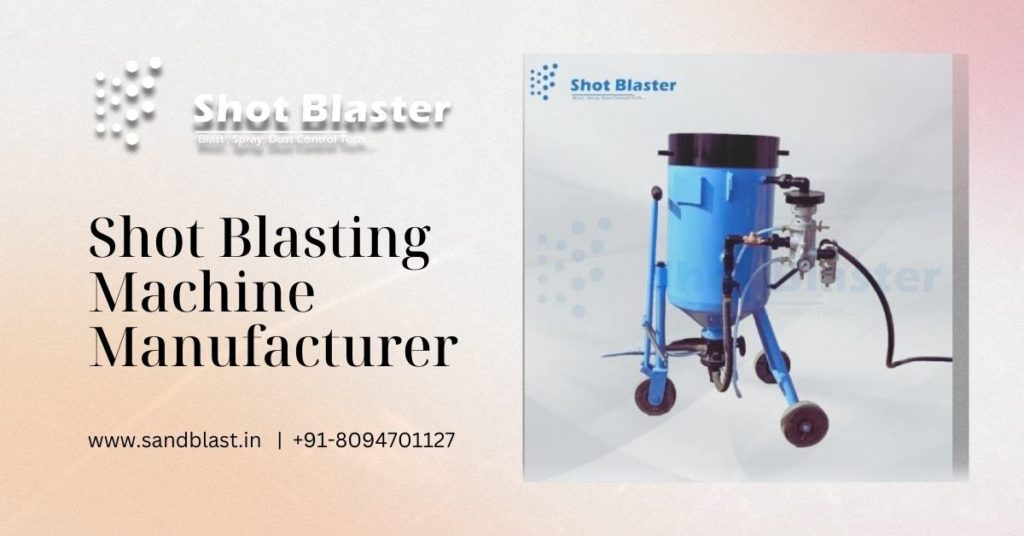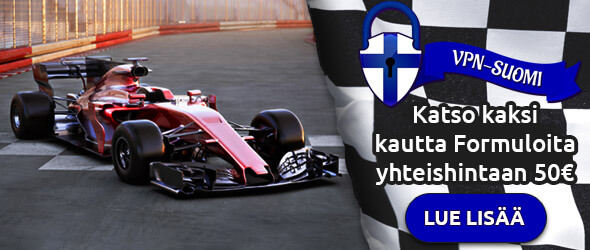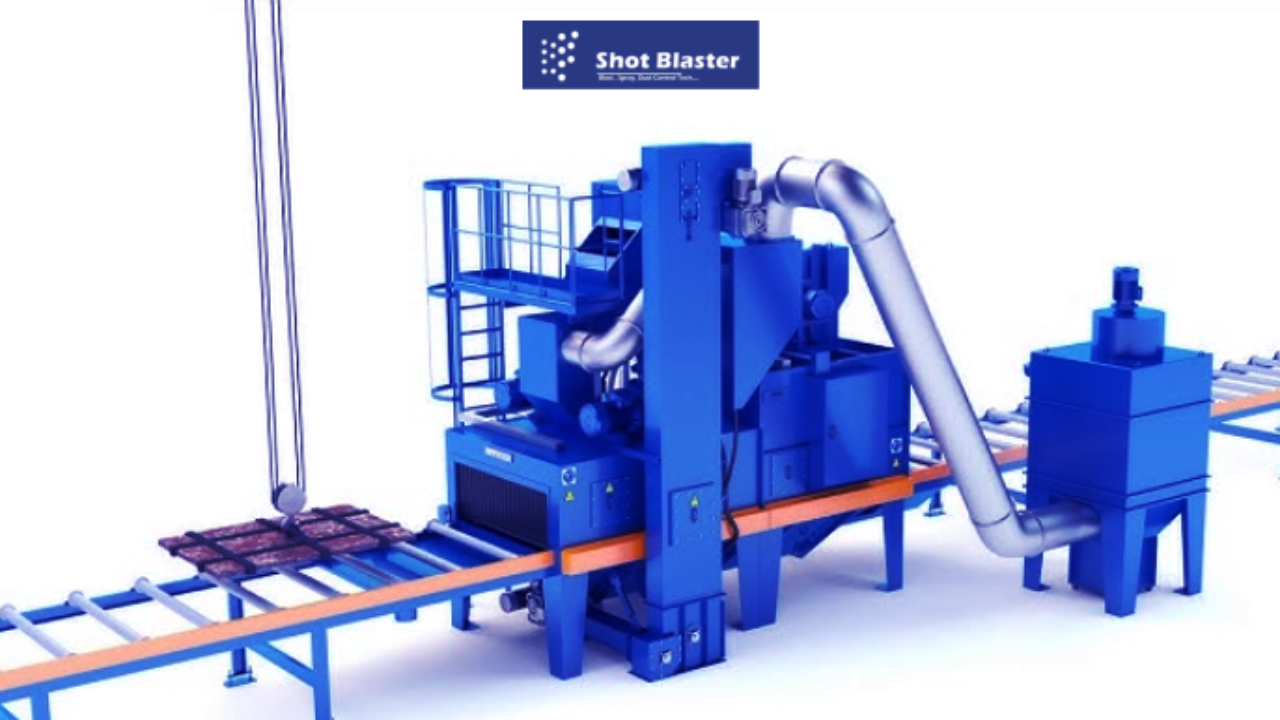Discover the different shot blasting methods and how they benefit industries. From surface preparation to cleaning, shot blasting plays a crucial role. Learn more about shot blasters and their effectiveness.

Introduction
Shot blasting is an essential technique in various industries, used to clean, prepare, or finish the surfaces of materials. Whether it’s steel, concrete, or other materials, shot blasting methods have evolved over the years to meet different industrial needs. But what exactly is shot blasting? And how do the different methods vary in terms of efficiency and effectiveness?
In this article, we’ll explore the different shot blasting methods, explain how each works, and highlight the benefits they offer. We’ll also take a deep dive into the roles of shot blasters in various applications. By the end, you’ll have a thorough understanding of shot blasting and why it’s such an indispensable part of the manufacturing and construction industries.
Let’s get started!
What is Shot Blasting?
Before diving into the methods, it’s important to understand what shot blasting is. Shot blasting involves the use of a high-powered machine, known as a shot blaster, that propels abrasive particles (commonly referred to as “shots”) at high speeds to clean, prepare, or finish surfaces.
- Purpose: It’s mainly used to remove rust, paint, or other coatings from surfaces, as well as to prepare surfaces for coating or finishing.
- Materials Used: The “shots” can vary from steel, glass beads, and aluminum oxide to plastic pellets, depending on the desired result.
- Applications: Shot blasting is widely used in industries like automotive, construction, aerospace, and metalworking.
Now, let’s explore the different methods used in shot blasting and the specific benefits they bring.
Types of Shot Blasting Methods
Shot blasting can be performed in various ways, each tailored for specific applications. These methods can be broadly classified into three main types: centrifugal shot blasting, pneumatic shot blasting, and wet blasting.
1. Centrifugal Shot Blasting
Centrifugal shot blasting is one of the most common methods used for cleaning and finishing metal surfaces. It involves the use of a centrifugal force generated by a high-speed rotating wheel to throw abrasive materials at the surface of the object being treated.
How it Works
- A shot blaster equipped with a rotating disc or wheel accelerates abrasive media (such as steel shot or grit).
- The centrifugal force generated by the wheel propels the abrasive material toward the surface to be treated.
- The particles strike the surface at high speeds, removing dirt, rust, and old coatings.
Benefits of Centrifugal Shot Blasting
- Efficiency: This method is extremely efficient and effective for high-volume applications.
- Cost-effective: It’s an affordable solution for cleaning and preparation.
- Versatility: Centrifugal shot blasting works well for a variety of materials like steel, aluminum, and concrete.
2. Pneumatic Shot Blasting
Pneumatic shot blasting, often referred to as air blasting, uses compressed air to propel abrasive materials onto the surface of the workpiece. This method is especially useful for intricate or small items that need precise cleaning or finishing.
How it Works
- Compressed air is forced through a hose, pushing abrasive media (like sand, grit, or steel shot) toward the surface.
- The abrasive particles clean the surface or provide a textured finish, depending on the type of material and pressure used.
Access more details – https://riyasingh258.blogaaja.fi/how-to-choose-the-right-shot-blasting-machine-for-your-needs/
Benefits of Pneumatic Shot Blasting
- Precision: Ideal for small parts or areas where precision is key.
- No damage: Since it involves low-impact forces, it minimizes the risk of damaging delicate surfaces.
- Portability: Pneumatic systems are portable, making them great for fieldwork or remote locations.
3. Wet Blasting
Wet blasting, also known as vapor blasting, combines water with abrasive materials to clean or finish surfaces. The water acts as a lubricant and cooling agent, reducing dust and heat buildup during the blasting process.
How it Works
- Water is mixed with an abrasive medium such as glass beads or aluminum oxide.
- The abrasive-water slurry is propelled at the surface of the object, cleaning or finishing it while keeping dust levels to a minimum.
Benefits of Wet Blasting
- Dust-free environment: Wet blasting significantly reduces dust, making it safer and cleaner.
- Less abrasive wear: The use of water reduces wear on the abrasive media, allowing it to last longer.
- Surface preservation: Wet blasting is gentler on the surface, preserving the material’s integrity.
Key Benefits of Shot Blasting Methods
Now that we’ve covered the different methods, let’s talk about the overall benefits of shot blasting.
1. Surface Preparation
Affordable shot blasting machine for industrial cleaning is widely recognized for its ability to prepare surfaces for further treatments. Whether it’s cleaning a surface before painting or ensuring proper adhesion of coatings, shot blasting provides a consistent and clean surface. It’s especially useful for removing rust, old paint, and other contaminants.
- Adhesion improvement: By roughening the surface, shot blasting improves the adhesion of paints and coatings.
- De-rusting: It effectively removes rust and corrosion from metal surfaces, which is critical for extending the lifespan of the material.
2. Cost-Effective
While some might consider shot blasting a costly process, it’s actually quite the opposite. Shot blasting is an efficient way to clean, prepare, and finish surfaces without the need for costly chemicals or labor-intensive methods.
- Saves time: Shot blasting is fast, reducing the time needed for surface preparation.
- Minimal waste: Unlike other methods, shot blasting minimizes waste and can often reuse the abrasive media, making it a sustainable choice.
3. Versatility
One of the biggest advantages of shot blasting is its versatility. The method can be adapted to a wide range of industries and applications, including:
- Metalworking: Removing scale and rust from metal surfaces.
- Construction: Cleaning concrete or steel structures.
- Aerospace: Surface finishing and cleaning of aircraft components.
4. Health and Safety
Traditional methods of surface cleaning often involve toxic chemicals or dangerous fumes, but shot blasting provides a safer alternative. Wet blasting, in particular, significantly reduces airborne dust and contaminants, contributing to a healthier working environment.
- Dust control: The water in wet blasting suppresses dust, creating a safer environment for workers.
- No chemicals: Shot blasting eliminates the need for harsh chemicals, reducing environmental and health risks.
Explore the benefits – https://riyasingh258.blogaaja.fi/a-complete-guide-to-understanding-shot-peening-machines/
How to Choose the Right Shot Blasting Method
Choosing the best shot blasting method depends on several factors, including the material being treated, the desired surface finish, and the specific application. Here are a few considerations when selecting a shot blasting method:
1. Material Type
- Metals: Centrifugal shot blasting works best for large metal surfaces, while pneumatic blasting is better suited for small, delicate metal parts.
- Concrete: Wet blasting can be ideal for concrete surfaces, especially when dust control is a priority.
2. Desired Finish
- Smooth finish: Wet blasting or pneumatic blasting is ideal when you want a smooth, polished finish.
- Rough texture: Centrifugal shot blasting gives a rougher, more textured surface.
3. Location and Size of Parts
- Portability: Pneumatic blasting equipment is portable and useful for remote or outdoor projects.
- Volume of work: For large-scale operations, centrifugal shot blasting is more efficient and faster.
Frequently Asked Questions (FAQs)
1. Can shot blasting damage the surface?
It depends on the method and pressure used. Centrifugal shot blasting can be aggressive, while wet blasting is gentler on surfaces. Always consider the material and desired finish before selecting a method.
2. What materials can be used for shot blasting?
A variety of materials can be used for shot blasting, including steel shot, aluminum oxide, glass beads, and plastic pellets.
3. Is shot blasting environmentally friendly?
Shot blasting is more environmentally friendly than other methods, as it reduces the need for chemicals and minimizes waste. Wet blasting, in particular, helps control dust and keeps the working environment cleaner.
Conclusion
Exploring the different shot blasting methods and their benefits highlights just how crucial this technique is in various industries. From surface preparation to cleaning and finishing, shot blasting ensures that materials are properly treated for further processing. Whether you choose centrifugal shot blasting for heavy-duty applications, Portable shot blasting machine for small workshops for precision, or wet blasting for dust-free cleaning, each method has its own unique advantages.
Shot blasters play an indispensable role in modern manufacturing, and with the right method, you can achieve clean, prepared surfaces with minimal environmental impact. So, the next time you’re considering a surface treatment solution, keep shot blasting in mind — it’s an efficient, cost-effective, and versatile method that truly delivers.



Leave a Reply